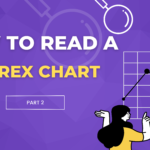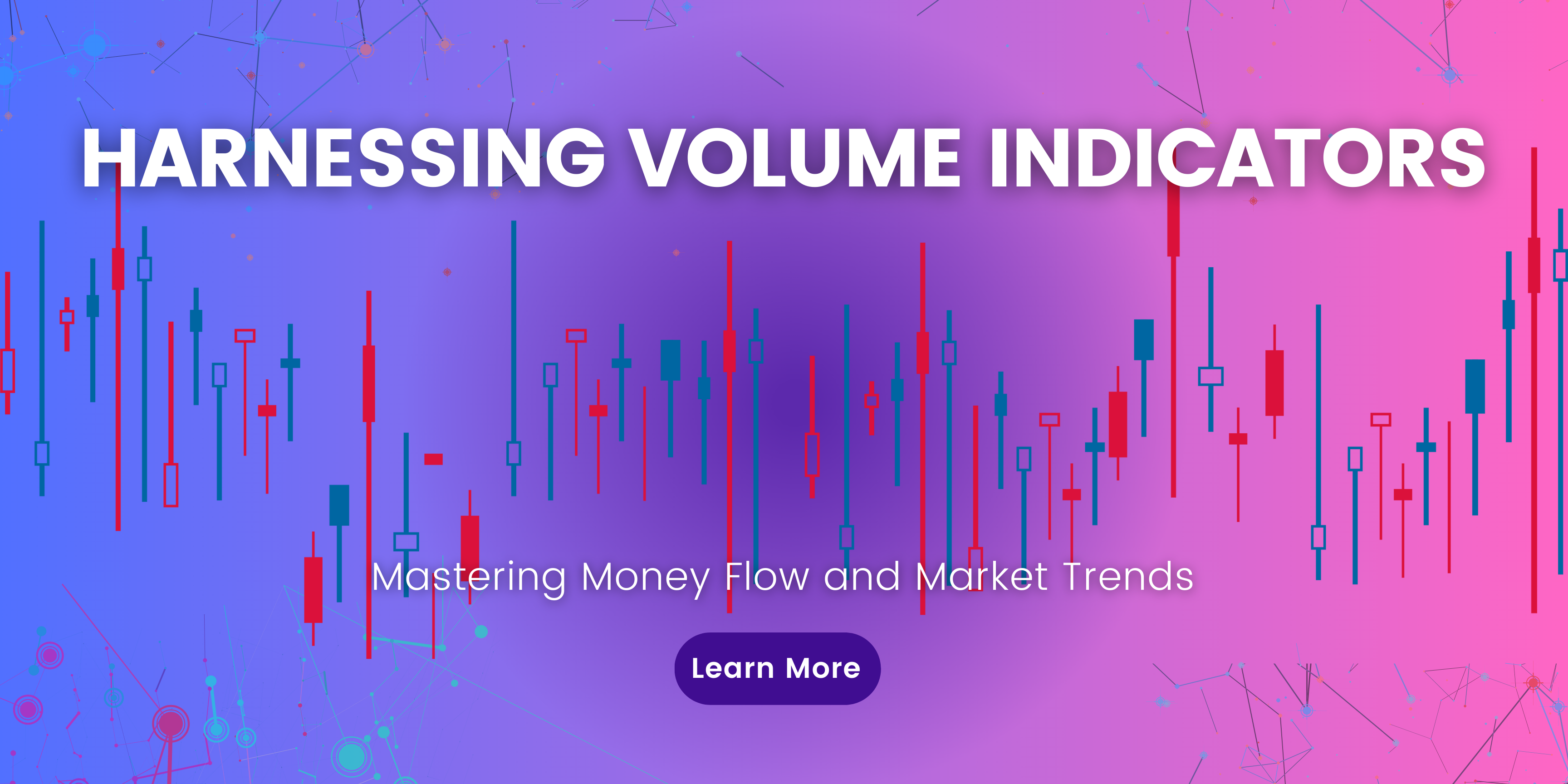Forex trading involves buying and selling currencies on the foreign exchange market. Understanding how to read Forex charts is essential for any trader who wants to analyze market movements and identify potential trading opportunities. This guide will cover the key components of a Forex chart and how to interpret different patterns, indicators and price action …
How to Read a Forex Chart: Part 1 of 4

Forex trading involves buying and selling currencies on the foreign exchange market. Understanding how to read Forex charts is essential for any trader who wants to analyze market movements and identify potential trading opportunities. This guide will cover the key components of a Forex chart and how to interpret different patterns, indicators and price action signals.
The foreign exchange market operates around the clock globally with trades taking place continuously throughout the day. Because of this, Forex charts provide traders with a visual representation of how exchange rates between currencies change over time. Charts are available on different timeframes ranging from minutes to months.
This article will explain:
- The different components that make up a Forex chart
- How to read and analyze candlestick charts
- Popular technical indicators and how to interpret them
- Identifying trends and significant support and resistance levels
- Putting it all together with real examples
By the end, you’ll have a solid understanding of the basic building blocks for Forex technical analysis and be able to start identifying trading opportunities directly from charts.
Components of a Forex Chart
Forex charts display price movements for currency pairs over a period of time. The main components include:
Timeframes
Timeframes determine the interval at which prices are plotted on the chart. Common Forex timeframes include daily, 4-hour, hourly and 30-minute charts. Lower timeframes like the 5-minute and 1-minute charts provide higher resolution but more noise in the price data. Traders often analyze multiple timeframes for confluence.
Price Axis
The vertical axis represents the bid and ask prices for a currency pair. The bid price is what buyers are willing to pay, while the ask is what sellers are offering. Charts may display the mid-price which is the average of these two prices.
Volume
Volume indicates the number of units of a currency pair that were traded during that specific period. Spikes in volume can validate price breakouts or shifts in market sentiment. Low volume periods are less reliable.
Common Chart Patterns
Over time, recurring patterns emerge on charts like head and shoulders, triangles, flags and pennants. These patterns provide clues about the market’s future direction when certain criteria are met.








